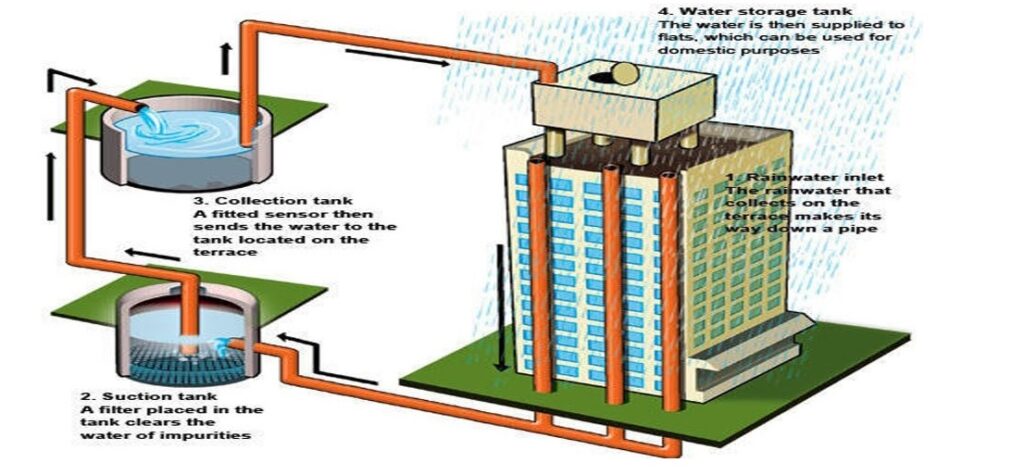
Introduction:
Designing an effective water storage system for high-rise buildings is a critical consideration in modern architecture and urban planning. As cities continue to grow vertically, the demand for reliable water supply systems that can accommodate the unique challenges posed by height, density, and occupancy becomes increasingly essential. This blog post outlines key principles and considerations that architects and engineers should take into account when designing water storage systems for high-rise buildings.
Understanding Water Demand:
The first step in designing a water storage system is to assess the anticipated water demand. This involves estimating the daily water needs of the building’s occupants, which can vary significantly based on factors such as the type of building (residential, commercial, or mixed-use), the number of floors, and the number of anticipated inhabitants. A thorough analysis of peak water usage times must also be conducted to inform the size and type of storage required. Water demand estimation typically considers potable water needs, fire protection requirements, and irrigation if applicable.
Selecting Storage Types:
High-rise buildings often utilize a combination of water storage types to meet their needs efficiently. These can include:
Underground Storage Tanks: Providing a significant volume capacity, these tanks can be employed to store water for various uses, including fire safety and emergencies. Their subterranean placement also maximizes available real estate above ground.
Rooftop Tanks: Located on the top floors or roof of a building, these tanks use gravity to facilitate water distribution through the building, reducing the need for pumps and energy consumption. However, they require careful structural considerations due to their weight and design.
Pressurized Systems: In some designs, pressurized tanks can ensure adequate water flow is maintained. These systems can be more efficient in managing water distribution, especially in high-rise buildings, where vertical pressure differentials can complicate water delivery.
Incorporating Pumping Systems:
Pumping systems are essential in high-rise buildings to facilitate water movement from storage tanks to upper floors. The design should consider the building’s height and the desired water pressure on each floor. Variable speed pumps are often recommended as they provide flexibility and can be adjusted based on real-time demand, enhancing both efficiency and energy savings.
Ensuring Redundancy and Reliability:
Water storage systems for high-rise buildings should include redundancy to ensure reliability. This can involve multiple tanks or pumps, which can serve as a fail-safe in the event of equipment failure or maintenance requirements. It is crucial to integrate a robust monitoring system that can provide real-time data on water levels, flow rates, and equipment status, enabling proactive management of water resources.
Addressing Regulations and Sustainability:
Compliance with local regulations and sustainability standards is vital in the design process. Many municipalities have specific codes that dictate the minimum water storage capacity, quality, and safety measures that must be implemented. Additionally, incorporating sustainable practices, such as rainwater harvesting and greywater recycling systems, can reduce dependence on municipal water supplies and contribute to environmental conservation efforts.
Conclusion:
Designing a water storage system for high-rise buildings is a complex undertaking that requires careful consideration of various factors, including water demand, storage types, pumping systems, redundancy, compliance, and sustainability. By employing a proactive and systematic approach, architects and engineers can create efficient, reliable, and environmentally friendly water storage solutions that meet the needs of tall structures and their occupants. As urbanization continues on its upward trajectory, the importance of such designs cannot be understated, ensuring that high-rise buildings are equipped to handle both current and future water challenges.


